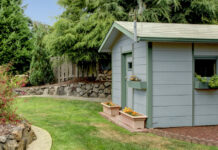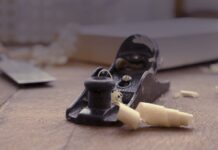In this Wood Finishes Direct article, we will be talking about what to consider with Timber Cladding. This type of cladding has become a popular addition to the exterior of modern homes for reasons of practicality and of aesthetical preference. Because timber is a natural material, its use in cladding gives homes a pertinent design. Smooth, sleek lines encase the property and feel more statement orientated. Its versatility can be applied to both domestic and commercial properties.
Moreover, timber cladding is well known for its environmental qualities, promoting thermal and insulation properties for your home. As it’s a natural material, it is very much renewable, and will even work to eliminate greenhouse gases in the atmosphere!
The function of timber cladding at a base level is to protect the exterior walls of your home against moisture and air penetration. Long strips of soft or hardwood timber are affixed to the property and be lain in both a horizontal or vertical direction, depending on your preference. The bolder among you may even decide to lay them diagonally!
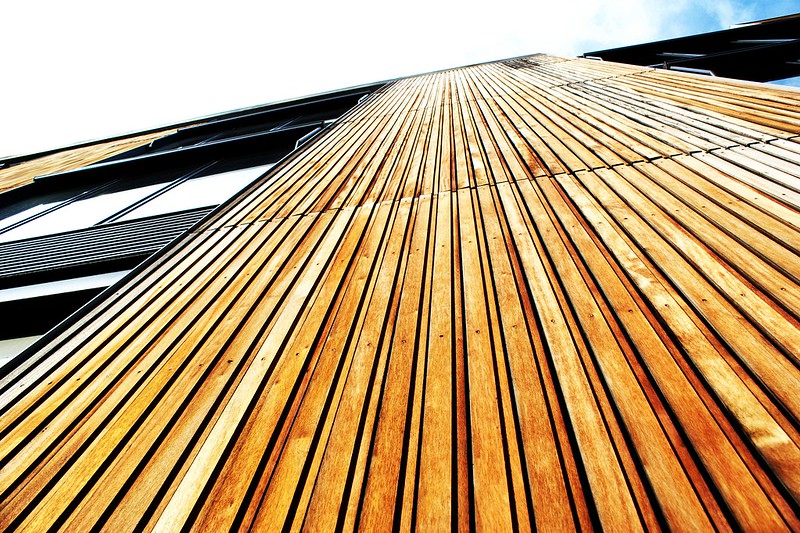
So now you know the fundamentals, what else is there to consider with cladding?
Cladding Profiles
There are three main cladding profiles:
- Tongue and Groove
The most popular choice, tongue and groove allows for great versatility and superb protection from water damage. The joints of the board interlock, offering a strong level of insulation, in addition to a sturdy structure.
- Shiplap
Similar to tongue and groove, shiplap holds the same level of protection against water damage, as well as deterring the build-up of moisture. A horizontal orientation is required for this purpose.
- Feather Edging
Feather-edging uses an angular cut so it is considered more practical for horizontal cladding. It’s quite versatile in terms of lengths and widths, making it ideal for homeowners looking for a more custom design.
You can also find rectangular and parallelogram profiles.
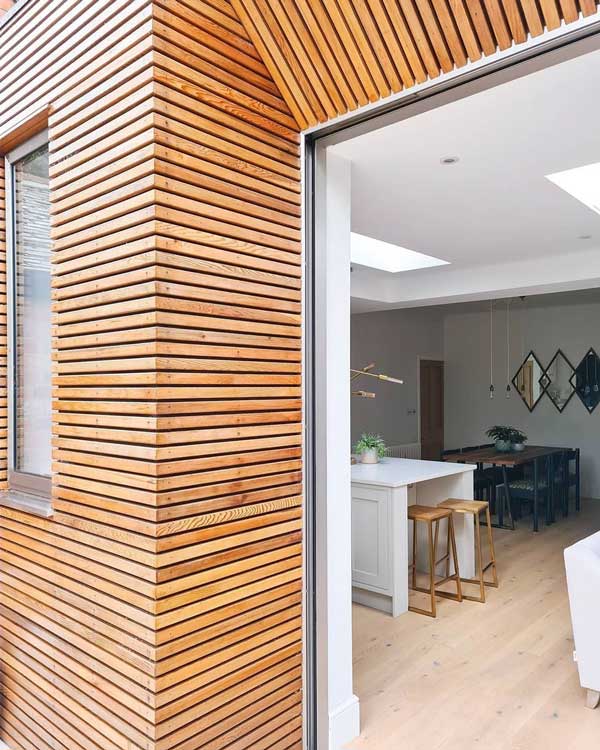
Further Considerations
- The lightweight nature of timber cladding can be initially deterrent, but there’s no need to fret. Rest assured, timber cladding is a strong, sturdy material.
- The type of wood you choose will determine the practicality, final aesthetic and the cost itself, so be sure to make an informed decision before committing.
- Installing timber cladding isn’t a complex process, but must be done so properly to ensure satisfactory protection. We advise seeking professional help to avoid costly mistakes.
- To avoid the risk of warping or curling, avoid installing your timber cladding during the summer months.
- The versatility of cladding means it can be applied to newer properties, as well as renovating older ones, perfect for a variety of projects!
- Timber cladding can be easily altered or repaired to suit your needs.
- There is a fire risk with timber cladding. When installed appropriately, it should be sealed, and applying a finish will help further to negate this risk. Be aware, however, that this risk is never completely eliminated.
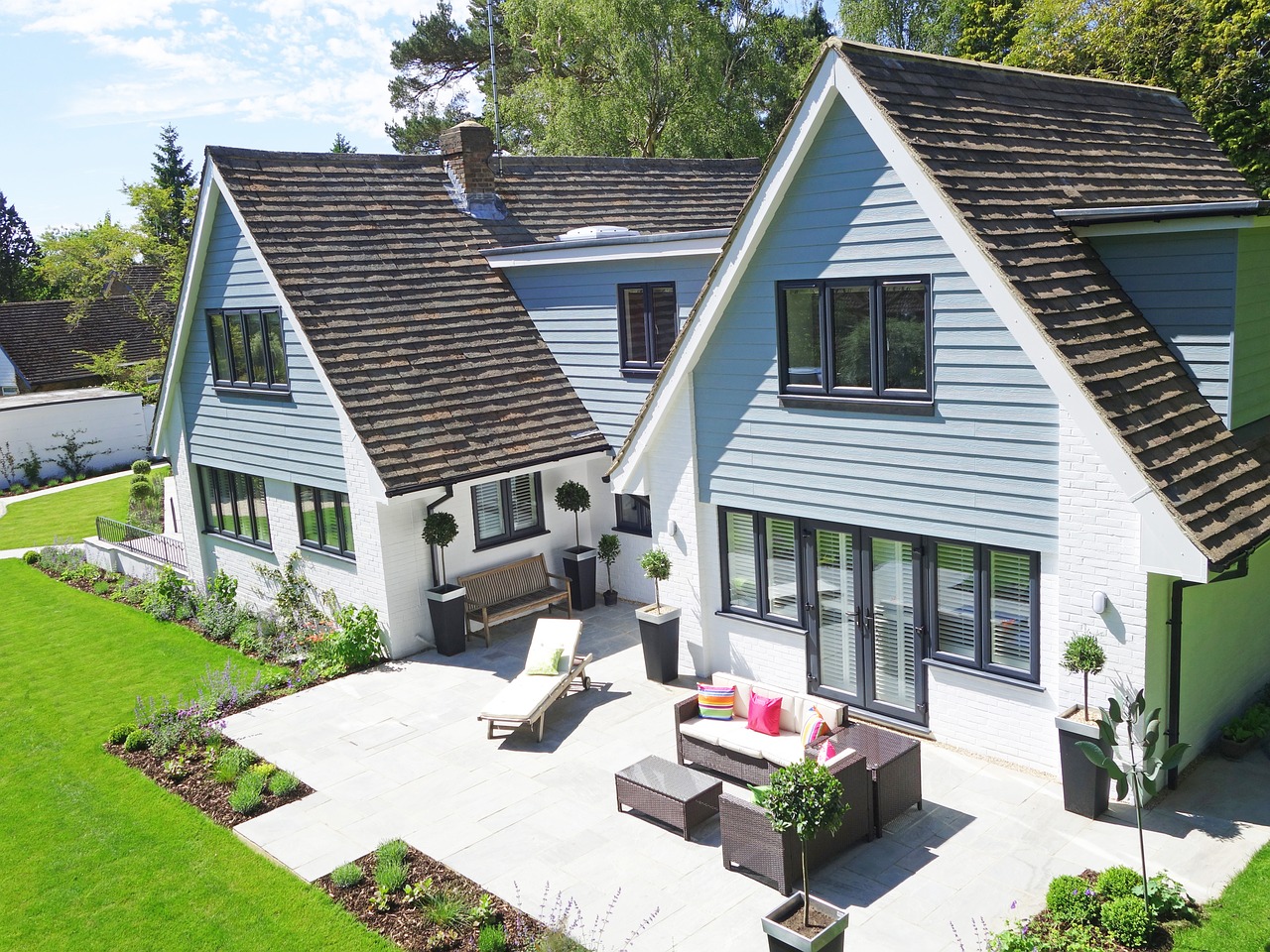
Products
As discussed, one of the many benefits of timber cladding is its versatility in design. It can be painted or treated with a quality treatment product, such as a varnish or oil. As timber cladding takes the full force of the regularly capricious British weather, it requires a finish with unique properties.
Fortunately, timber cladding is easy to maintain and restore. We have a wealth of products that are more than up to the job, providing quality care on a number of levels.
Barrettine Wood Protective Treatment
A quality preserver will help considerably to protect your timber cladding from wood-boring insects, as well as from any surface growth of mould or algae, a consequence of moisture build-up. Successive coats will absorb deeply into the wood, building onto the surface itself to help with water repellency.
In addition, applying this product will promote UV resistant properties, an essential factor for protecting the integrity of timber cladding. Furthermore, it’s even safe for beneficial insects and plants when dry!
It’s in the name, this product is your go-to for ensuring superb protection from those detrimental UV rays. Factor 12 filters will negate the risk of developing a grey, discolouring patina.
Osmo’s statement exterior product also affords an excellent level of durability against weathering and is effortless to apply and maintain. It contains biocides to protect your timber cladding against mould and algae, and will also work to prevent any warping or curling of the timber.
For those seeking a decorative touch. Garden Shades comes in a large variety of desirable colours that will bestow a creative touch to your timber cladding. Moreover, its application will enhance the natural beauty of the wood, allowing the texture of the grain to really shine through.
Garden Shades also provides long-lasting protection from weathering, up to 6 years worth! It will dry in as little as one hour, meaning you can finish painting your timber cladding in just a single day if required!
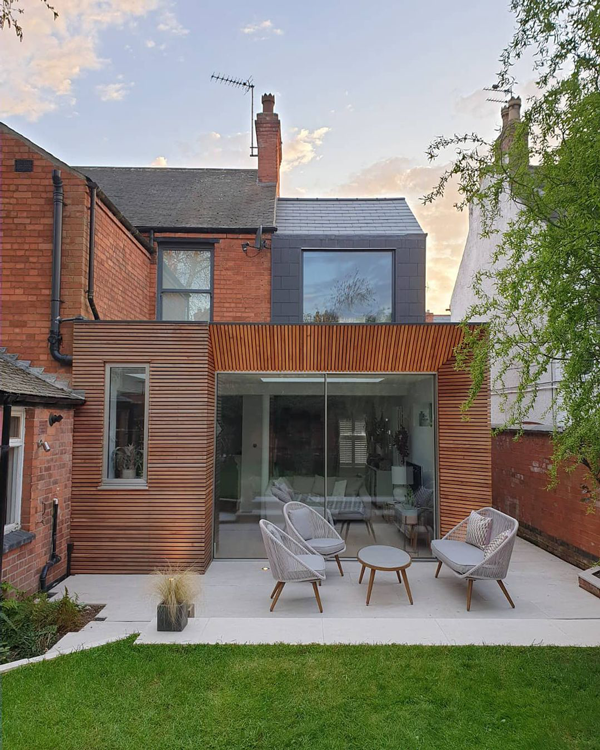
Final Thoughts
Like any large scale exterior project, timber cladding requires a thorough level of planning. Consider your preferences and requirements both from an aesthetic and practical perspective. It is advisable to begin your preparations during the summer months, that way you can be ready to begin once autumn comes around.
Timber cladding offers much for the modern homeowner, it’s up to you how to best utilise it!
Need help with your cladding project?
For more information about cladding treatments and their uses, contact our team of resident experts who are always on hand to help with project advice and product recommendations. Alternatively, see our cladding finishes FAQ page which covers many of our most commonly asked questions.
We love to see before, during and after photos of any wood finishing project. If you would like to share your project pictures with us and our followers, you can either send us some photos or share on our Facebook, Twitter, Pinterest or Instagram pages.


